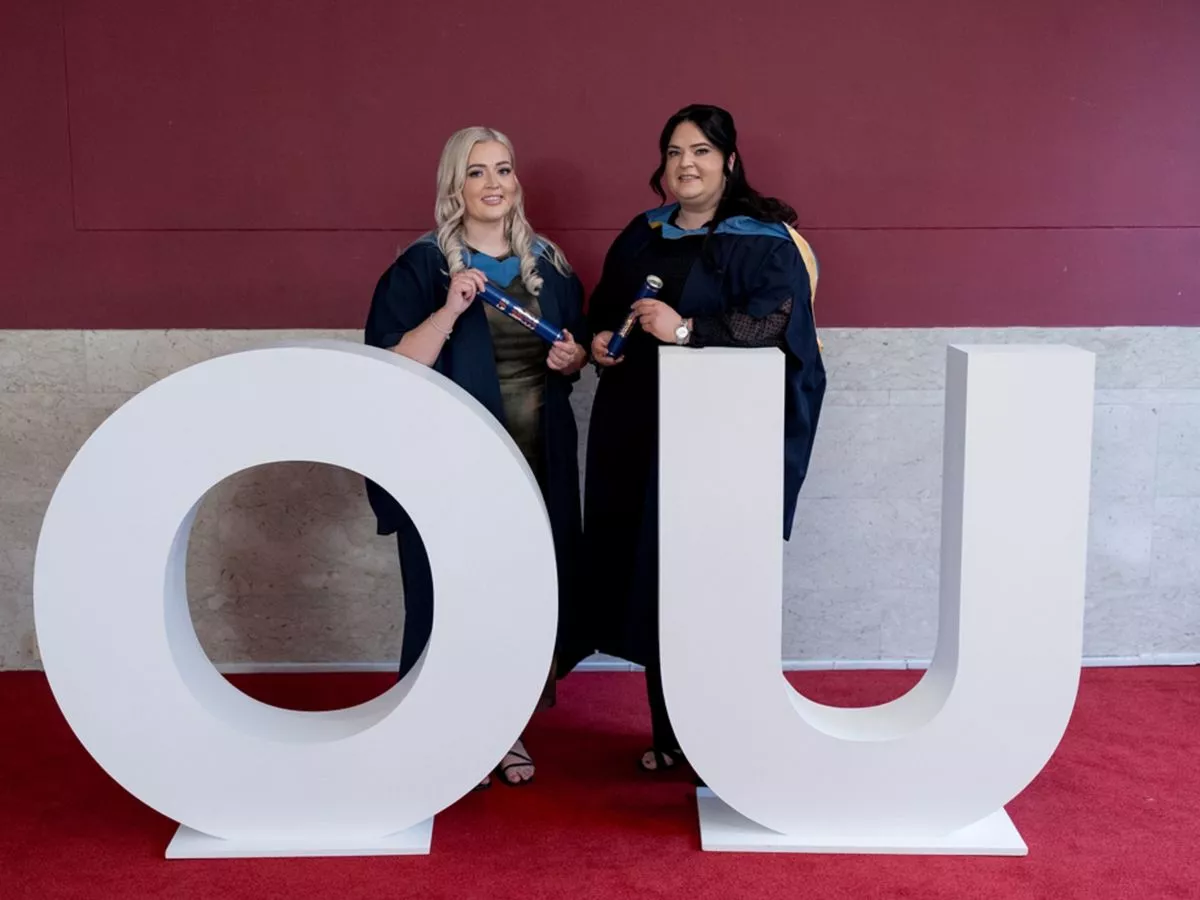Copyright Forbes

Wyndham Hotels & Resorts operates one of the world’s largest hotel portfolios, spanning 25 brands and more than 9,000 properties across 95 countries. Behind those numbers are roughly 6,000 franchisees, who are independent entrepreneurs who each own about one and a half hotels on average. The company’s model depends on enabling these owners to compete effectively in an increasingly digital, data-driven industry. Scott Strickland is the company’s chief commercial officer, and in that role, he is responsible for global sales, revenue optimization and generation, marketing and media, communications and public relations, the company’s loyalty program, Wyndham Rewards, guest and franchisee services and for enhancing and implementing Wyndham’s technology and distribution strategy across Wyndham’s 9,100+ hotels globally. It is a remarkable expansion of his original responsibilities with the company, as its chief information officer. Strickland underscored an important philosophical point that Wyndham has: its “owner-first” philosophy. He believes this approach shapes every decision the company makes. “When we design anything from technology to loyalty or marketing programs, we ask, ‘If I ran that hotel, would I invest my own dollars in it?’” he noted. That mindset extends to what he calls the “Wyndham Advantage,” a combination of brand growth, loyalty, and technology that gives franchisees the same tools and scale as major competitors without losing their independence. The evolution of the Chief Commercial Officer Strickland transitioned from chief information officer to chief commercial officer in early 2024, adding oversight of marketing, PR, loyalty, group sales, distribution, and call centers while retaining responsibility for IT and cybersecurity. The shift was driven by the recognition that technology underpins every aspect of guest experience and franchise success. “Technology is foundational to everything we do,” he explained, “so putting these functions under one roof lets us row in the same direction.” The expanded remit has produced new synergies across historically separate teams. Digital platforms now inform marketing strategy, loyalty initiatives draw from the same data architecture and commercial leaders share accountability for both growth and efficiency. Strickland said those overlaps have created alignment on priorities, shared ownership of goals and people seeing connections they hadn’t seen before. Integrating innovation: From the Gateway to service culture A clear example of this integration is the Wyndham Gateway, a property Wi-Fi login that now doubles as a guest engagement tool. Visitors gain internet access by providing an email or SMS contact, automatically enrolling in Wyndham’s loyalty program and consenting to receive promotions. For franchisees, that means less pressure to recruit loyalty members manually and more focus on service quality. “The tech enrolls the guest so the team can focus on hospitality,” Strickland noted. “No one else in our space is doing it like this.” MORE FOR YOU That shift also changed how Wyndham measures success. Instead of tying bonuses to sign-ups, the company rewards front desk teams for positive service feedback. This reframing, he explained, empowers staff while reinforcing Wyndham’s culture of guest care. By combining technology, marketing and operations under one leader, Wyndham linked data collection, loyalty growth and service enablement into a single feedback loop. Partnering with franchisees to reimagine guest engagement Strickland describes Wyndham’s relationship with its franchisees as both practical and collaborative. The company meets regularly with advisory councils to align priorities and co-develop new initiatives. One of the best examples, he said, is the “guest engagement platform,” which lets travelers interact with the brand by text before, during and after their stay, from check-in and room upgrades to digital tipping and reviews. “We coined ‘guest engagement platform’ and co-built it so owners and guests both win,” he highlighted as an example. The system emerged from joint brainstorming between Wyndham and property owners. Franchisees contributed real-world insights about front desk operations and staffing constraints, while Wyndham provided the digital infrastructure and scale. The result was a platform that now shapes industry standards for mobile-first hospitality engagement, proof, Strickland noted, that innovation works best when built together. Personalizing across brands while preserving flexibility With brands that range from budget-friendly Travelodge to the luxury Registry Collection resorts, Wyndham must balance standardization and differentiation. The company’s solution is a modular technology stack. Core features such as mobile check-in, messaging and loyalty integration exist everywhere, but specific elements like valet service requests or spa bookings toggle on or off depending on the property. “We build the full capability set, then switch features on or off by brand and property,” Strickland underscored. This approach empowers franchisees to tailor digital tools to their operational realities. A limited-service motel may emphasize efficiency, while an upscale resort prioritizes personalization. Guests, too, can choose their experience: some prefer high-touch interaction via messaging, while others opt for a more traditional stay. Wyndham’s flexibility reflects its founding mission, which Strickland referenced as “the democratization of travel,” along with the company’s current tagline: Where there’s a Wyndham, there’s a way. Data foundations and intelligent hospitality Wyndham’s transformation began years before AI became fashionable. Strickland oversaw a nine-year modernization of the company’s data architecture, consolidating platforms and standardizing information across systems. That foundation allowed Wyndham to deploy AI at scale when the opportunity arrived. “Because the data was ready, we turned on AI where it delights guests and augments our teams, not as a gimmick,” he noted. AI now powers text-based guest communication across thousands of hotels in more than 100 languages, automatically escalating questions to staff when needed. It also enhances call center operations by surfacing guest preferences, loyalty status and travel history for agents in real time. The same tools that improve service also generate insights into traveler behavior fueling smarter marketing and better support for franchisees. Collaboration as a growth engine Strickland’s weekly staff meetings bring together leaders from loyalty, marketing, sales, technology and even legal to brainstorm campaigns and new partnerships. These cross-functional sessions, he said, have shortened Wyndham’s innovation cycle dramatically. “You see a full campaign come to life in five minutes when all the right people are in one conversation,” he highlighted with excitement. Recent collaborations include partnerships with Madison Square Garden, Live Nation and Applebee’s, designed to connect loyalty members to experiences beyond hotel stays. The emphasis on partnership extends beyond internal collaboration. Strickland sees Wyndham’s franchisees, tech vendors and entertainment allies as part of a broader ecosystem driving value for travelers. With 2025 focused on foundational work, he predicts 2026 will be “the breakout year” when those partnerships and systems deliver visible results for guests and owners alike. Guidance for aspiring cross-functional leaders Strickland’s career path offers lessons for technology executives seeking broader leadership roles. He urges CIOs to immerse themselves in business operations, volunteer for additional responsibilities and cultivate relationships across the enterprise. “Leadership travels; relationships and a little salesmanship unlock the next role,” he said. The ability to translate technical insight into business outcomes, he added, is a universal skill that transcends functions. He also encourages IT leaders to embrace the salesperson’s mindset. In his role, Strickland often helps persuade potential franchisees to join the Wyndham family, which is an extension of the same storytelling required to sell internal initiatives. “Every CIO already has a salesperson inside them,” he explained. “We sell ideas and projects all the time. It’s the same skill applied to a bigger audience.” Looking ahead: Content, authenticity and AI As Wyndham refines its commercial strategy, Strickland sees two major trends shaping hospitality’s future. The first is user-generated content, which he believes carries greater authenticity than corporate campaigns. The second is an AI-enabled content supply chain that personalizes creative assets in real time. “Other people’s content resonates more than corporate, so we’ll power it, personalize it and move it through the system faster,” he explained. Both trends tie back to Wyndham’s digital-first, owner-first philosophy: empower franchisees and guests to contribute to the brand experience, then use data and technology to amplify it. For Strickland, that intersection of human connection and digital precision defines hospitality’s next era, and, fittingly, the next chapter in his own leadership journey.



